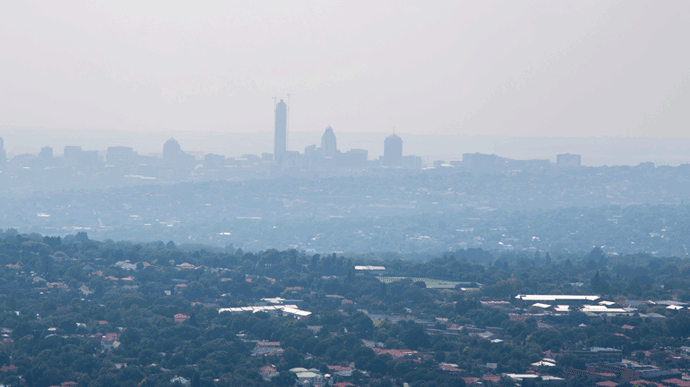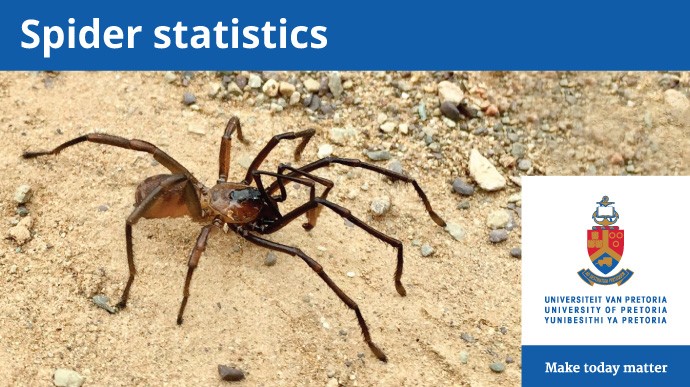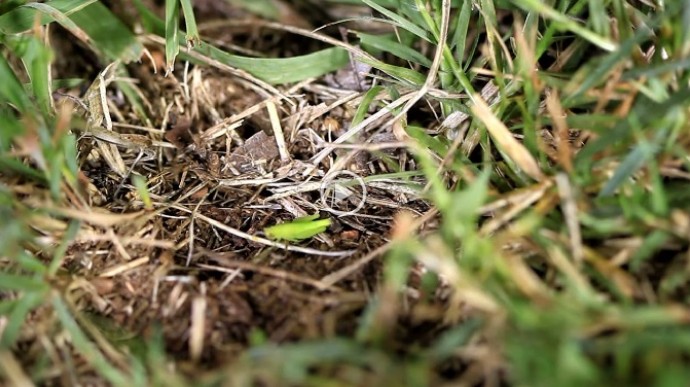Global warming and air pollution have something in common: their effects on human health. Air pollution is a well-known cause of breathing problems. Hot weather can also bring on these symptoms.
Pollution and global warming also affect health in combination. Studies have shown that air pollution can have a bigger effect on health on very cold or very warm days. One country that should be concerned about this is South Africa, where it’s predicted that temperatures will rise by as much as 7°C inland over the next 80 years.
And there is evidence that respiratory illness is increasing in South Africa. One study found that about 5% more children and adolescents suffered from asthma in 2002 than in 1995. One of the causes of this increase in respiratory symptoms is poor air quality.
In the South African city of Durban, children living in industrial areas with higher levels of outdoor air pollution have more asthma and asthmatic symptoms than children living further away from industrial areas. Similarly, people living close to mine dumps suffer more breathing problems than people living further away.
Despite this evidence, there are still relatively few air pollution epidemiology studies in Africa. Our study is one of the few on the continent to study the synergy between temperature and outdoor air pollution and their impacts on human health.
We decided to investigate respiratory disease hospital admissions in Secunda, South Africa – located about 130 km east of Johannesburg. This town is located in the infamous Highveld Air Pollution Priority Area, which is the heart of South Africa’s coal-fired power stations. Apart from the usual outdoor air pollution sources in Secunda, such as traffic, burning of household waste, outdoor household cooking and veld fires, there is also a large coal-to-fuels and chemical industrial plant.
Our study fills an important gap when it comes to understanding the Highveld Air Pollution Priority Area. There is data, for example on health and air pollution exposure as well as expensive reviews funded by South African taxpayers of the area’s Air Quality Management Plan. But peer-reviewed scientific journal articles are rare.
Secunda experiences high levels of sulphur dioxide, nitrogen dioxide and particulate matter in the air. Two kinds of particulates are relevant: less than or equal to 10 micrometres in diameter (PM10) and less than or equal to 2.5 micrometres in diameter (PM2.5).
Our study included 14,568 respiratory disease hospital admissions that occurred between January 2011 and October 2016. During the study period, daily PM10 and PM2.5 levels exceeded the daily World Health Organization air quality guidelines on 721 (34%) and 1,081 (51%) of the 2,131 days, respectively. The apparent temperature (Tapp) ranged from -1⁰C to 26⁰C and the mean was 14.2⁰C. Tapp reflects the physiological experience of combined exposure to humidity and temperature – it is a better indicator of what the temperature feels like.
We defined warm days as days when Tapp was above 15°C (the middle value in the range) and cold days as below 15°C, as done in other studies. The sources and chemical composition of air pollution may vary with weather indicators such as Tapp. PM10, PM2.5, nitrogen dioxide and sulphur dioxide had negative correlations with Tapp in Secunda – the air contained less of these air pollutants on warmer days.
In this study, increasing air pollutant levels on cold days did not significantly increase respiratory disease hospital admissions. But there were significant increases in admissions with increasing air pollutant levels on warm days. Similar results were reported for respiratory disease hospital admissions in Cape Town.
We found that children aged 0-14 years and women were particularly at risk to be admitted to hospital on warm days. Children of this age are likely to be physically active outdoors when it’s warm. They usually spend more time outdoors than adults, performing more activities that increase breathing rates, which can lead to increased inhalation of outdoor air pollution.
Children’s lungs are still growing and early exposure to environmental pollutants can easily alter lung development and function. The effects of air pollution on a child can have lifelong health implications.
Other studies report that women are more vulnerable to air pollution health effects, although results are not uniform. A study from Cape Town also found that women are more vulnerable to PM10 than men. It remains unclear whether this difference in vulnerability is due to differences in the socially influenced activities of men and women or in their physiology, or due to some interplay of those.
Our study adds crucial epidemiological information on air pollution health effects, especially on cold and warm days, in the town of Secunda, located in the infamous Highveld Air Pollution Priority Area.
It has been 13 years since the Highveld Air Pollution Priority Area was declared an air pollution hot spot. It is time that outdoor air pollution emissions in this area are controlled and reduced.
Our results have implications for public health strategies that may include early warning systems especially targeted for vulnerable population subgroups.![]()
Bukola Olutola, , University of Pretoria and Janine Wichmann, Associate Professor, University of Pretoria
This article is republished from The Conversation under a Creative Commons license. Read the original article.
Click here to learn more about how the University of Pretoria is working with NASA to satellite data to develop strategies to curb air pollution and associated human ill health. Watch a video about how Pretoria's air is more polluted than the World Health Organisation allows, or use this infographic for fast facts on respiratory health.
August 30, 2020




 Story
Story
Nine new trapdoor spider species have been discovered in the Great Karoo by researchers at the University of Pretoria’s (UP) Department of Zoology and Entomology, and the Agricultural Research Council (ARC).
 Infographic
Infographic
Trapdoor spiders hide in underground burrows that are covered with a cork-like lid made of soil, silk and plants. Learn more about trapdoor spiders with this infographic.
 Video
Video
Watch carefully to see how a trapdoor spider catches its prey through its trapdoor.
Copyright © University of Pretoria 2024. All rights reserved.
Get Social With Us
Download the UP Mobile App